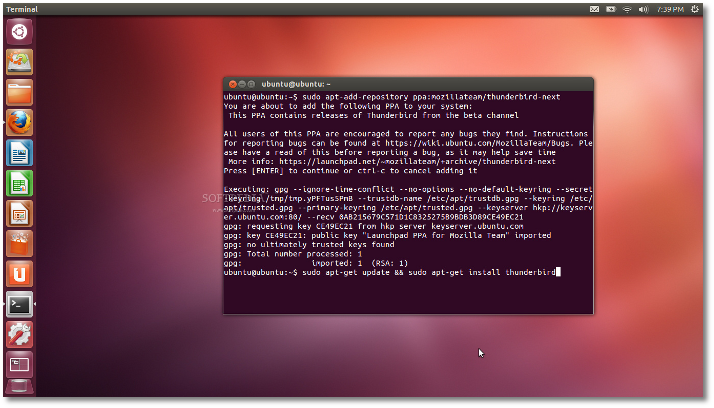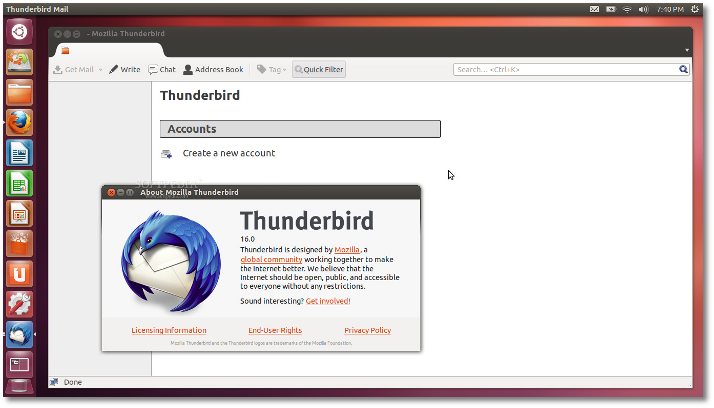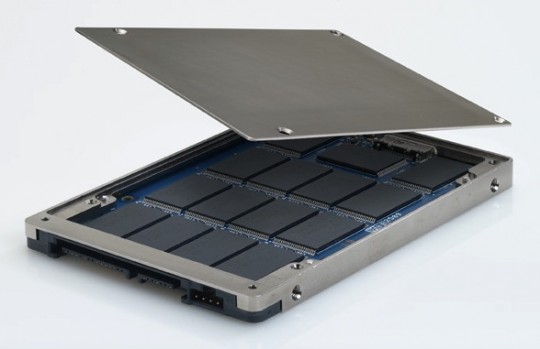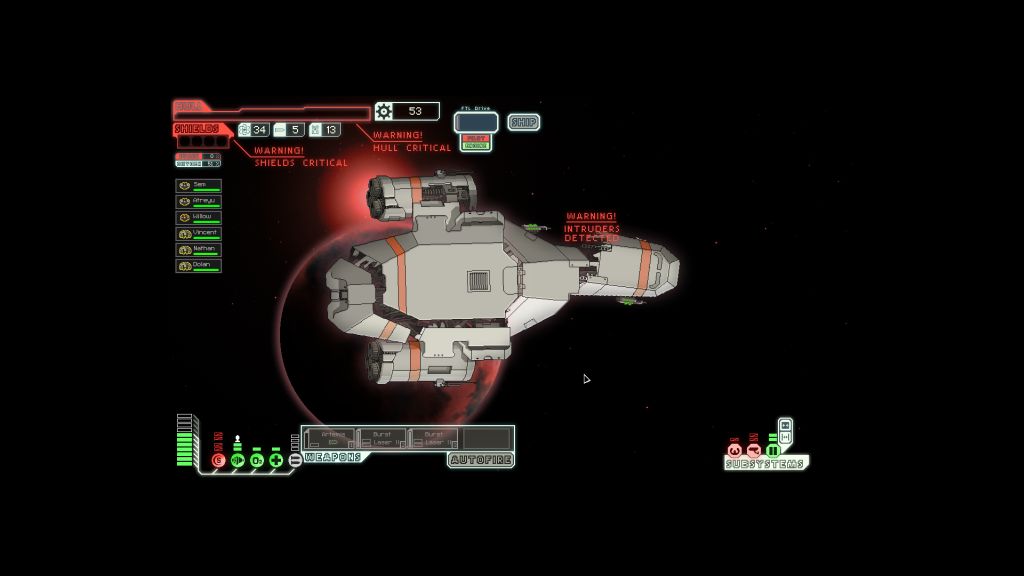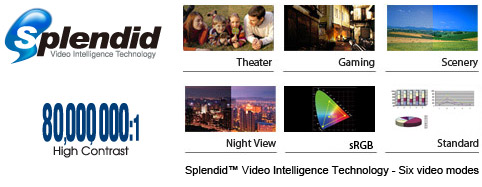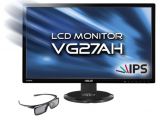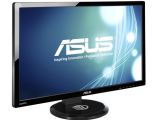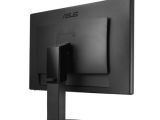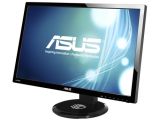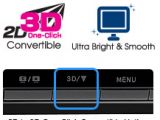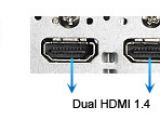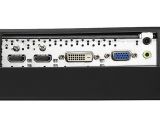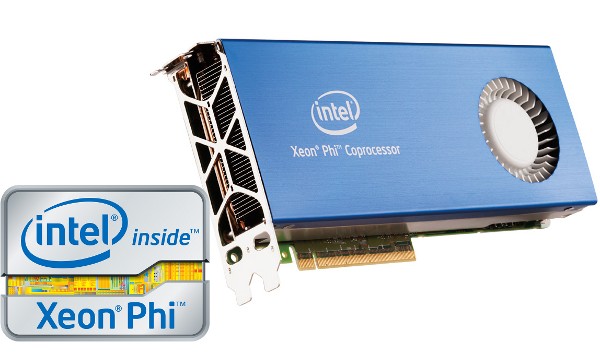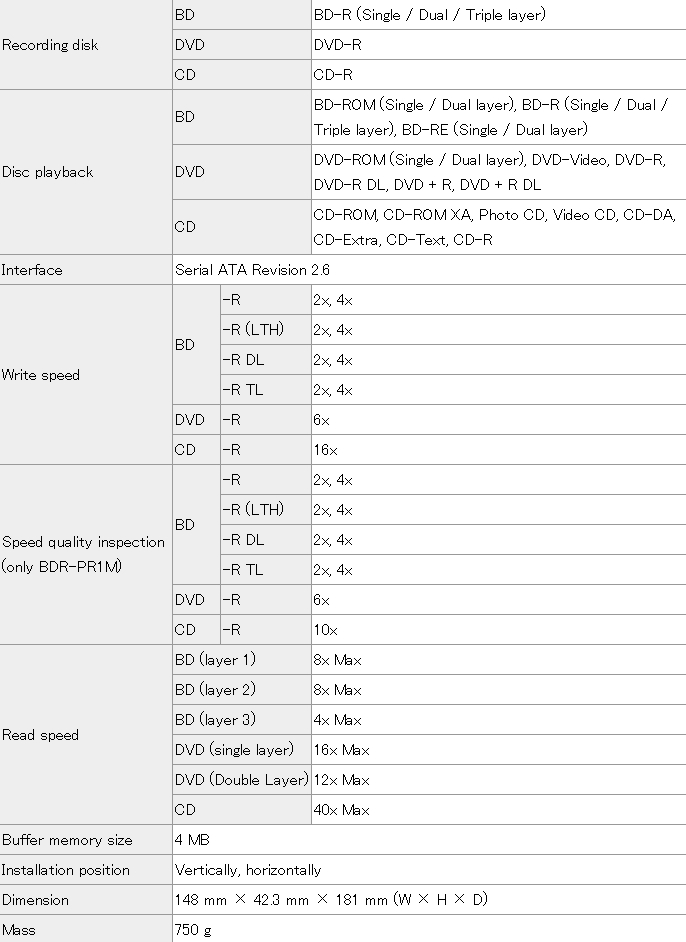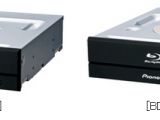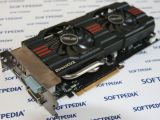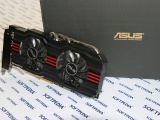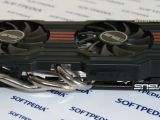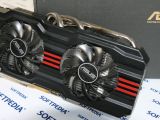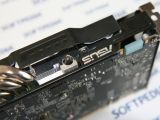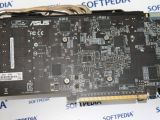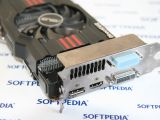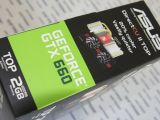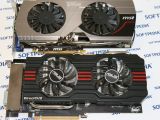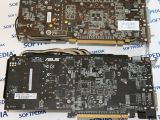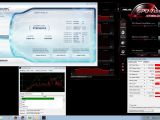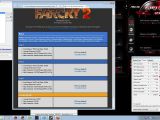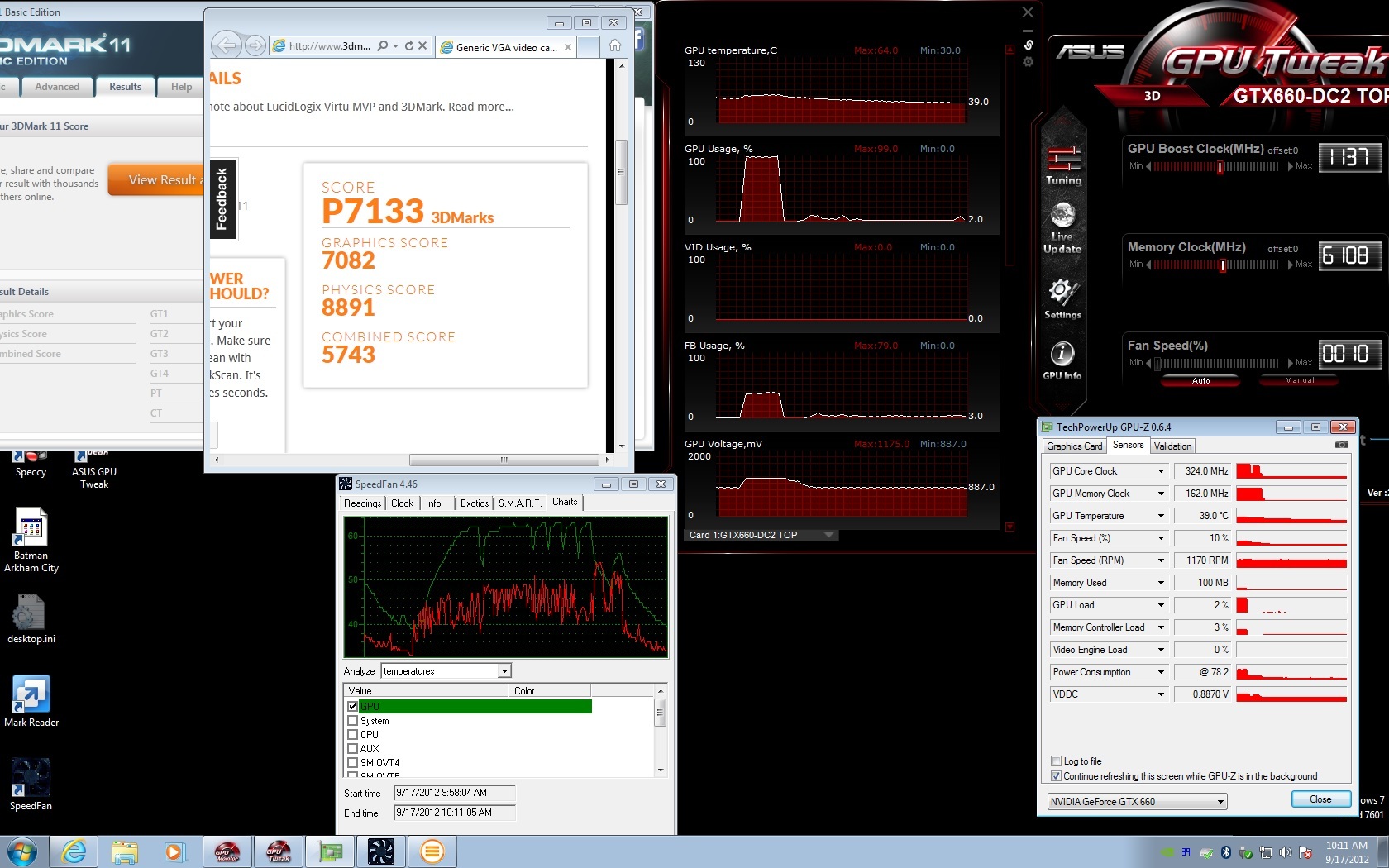 Moving the offensive to the $200 to $300 price range, Nvidia has just launched the GeForce GTX 660 video card that’s powered by the GK106 GPU. This is also a Kepler-based chip, but it has a smaller die than the huge 3.5-billion transistor GK104 that’s inside all 600 series GeForce cards starting with GTX660 Ti.
Moving the offensive to the $200 to $300 price range, Nvidia has just launched the GeForce GTX 660 video card that’s powered by the GK106 GPU. This is also a Kepler-based chip, but it has a smaller die than the huge 3.5-billion transistor GK104 that’s inside all 600 series GeForce cards starting with GTX660 Ti.
The new GK106 GPU sports no less than 960 CUDA units. This is a strange number for a video card, but it seems the company has decided that this is the sweet spot ratio between the die size, the yields per wafer and the performance.
We know that the yields at TSMC are improving, but we believe that these are good enough right now, as Nvidia wouldn’t have designed such a big GK106 for the mid-range.
Getting back to the reference specifications of the GTX 660 architecture, we now know that the card comes with 960 active CUDA cores and works with a narrower 192-bit memory BUS.
There are 80 TMUs and 24 ROPs inside this version of Kepler and, while there's less TMUs, the number of ROPs is the same as on the GeForce GTX 660 Ti.
The reference frequencies recommended by Nvidia for the GTX 660 video cards are 980 MHz for the GPU, 1033 MHz with the Boost activated and the usual 6008 MHz effective GDDR5 frequency.
The 2048 MB of GDDR5 memory on the 192-bit memory BUS should provide a bandwidth of 144 GB/sec and, while considerably less than what AMD is able to achieve on its 384-bit BUS architecture, it is still enough to keep the GK106 well fed.
The card comes with official PCI Express 3.0 support and has complete DirectX 11.1 support.
ASUS’ GeForce GTX 660 DirectCU II TOP video card comes with an impressive 1072 MHz default GPU frequency in 3D mode and a 1137 MHz Boost frequency option when the application requires maximum performance.
These are impressive default frequencies for a card that comes set up likes this directly out of the factory.
The default GPU speed is 9.3% higher than the reference recommendation from Nvidia and the Boost frequency is a significant 10% higher.
These frequencies are going to help the ASUS GeForce GTX 660 DirectCU II TOP video card achieve much better benchmark results than cards that stick to the standard frequency recommendations from Nvidia.
The GK106 GPU has a lower heat generation than the GK104 and thus the manufacturer has decided that the base clock can be higher than the GTX 660 Ti, considering that the cooling system is the same on ASUS’ GTX 660 and GTX 660 Ti video cards.
During our internal testing we observed that the ASUS GeForce GTX 660 DirectCU II TOP video card automatically overclocks the GPU much higher than the 1137 MHz stated by the manufacturer and also reported by the GPU-Z video card utility.
This was quite a nice and expected surprise, as ASUS’ GTX 660 Ti video card had the same impressive characteristics.
We can happily report to you that the ASUS GeForce GTX 660 DirectCU II TOP video card clocks the GPU somewhere beyond 1162 MHz when in a heavy 3D application, and that’s very good news for the gamers that don’t like to meddle with overclocking.
This is a more modest frequency level than the 1293 MHz that we observed on ASUS’ GeForce GTX 660 Ti DirectCU II TOP video card that we reviewed
here.
The manufacturer could have clocked the GK106 GPU even higher than the GK104 that’s inside their GTX 660 Ti Direct CU II TOP video card.
The reason for such a “modest” automatic overclocking may be the fact that the card was getting too close to the GTX 660 Ti performance level.
The card comes with a very efficient cooling system that, despite the high factory overclock and the even higher boost option, doesn’t let the GPU go too far beyond the 62 degrees Celsius mark that is rarely reached.
The cooling system is exactly the same as the one used on the ASUS GeForce GTX 660Ti DirectCU II TOP video card, so if it’s enough to keep cool an overclocked GK104 GPU, it will also have everything it needs to cool the GK106.
Our test rig was set up into an environment with an average ambient temperature of 25 degrees Celsius and, despite being mounted in a monster Cooler Master Storm Trooper case with many cooling fans inside, we only had a single case fan active.
There are not that many readers that could afford such a computer case and we think that the average user will only have a 120-millimeter rear exhaust case cooling fan active on their system.
Even with such modest active cooling, the case is pretty well ventilated naturally and the GPU never went beyond 64 degrees Celsius.
The 64-degree mark was achieved while one of my colleagues was playing Serious Sam 3 in Canyon – Survival mode and the GPU was staying steady at this temperature.
In no other tests or games did we manage to get the card to run hotter than 64 degrees Celsius.
The cooling fans are usually spinning at around 1000 RPM and we would rather have them below 700 RPM or even 600 RPM.
The maximum fan speed we managed to record on the ASUS GeForce GTX 660 DirectCU II TOP video card was 1770 RPM, but that occurred only once and even so, the fans were not louder than the rest of the system.
This high fan speed was achieved briefly during a prolonged Far Cry 2 test session where the benchmark was looping for the 3rd time, but this was something rather environment-related.
Perhaps one of my colleagues turned off the air conditioning for a couple of minutes or somebody opened the window and some hot air came in, as we were never able to get it to spin this fast again.
Overall, we’re satisfied with the level of cooling performance the DirectCU II from ASUS provides, considering the fact that the GPU reaches some very high frequencies during gaming and that ambient temperature was not the “ideal” 22 degrees Celsius, but rather closer to 24 ~ 25 degrees.
On the connectivity side, the ASUS GeForce GTX 660 DirectCU II TOP video card comes with two DVI ports on the I/O bracket along with a HDMI and a DisplayPort connector.
On top, there is the usual SLI connector and the single 6-pin power input.
Here are the specifications of our test system:
CPU: Intel Core i7-3820 QuadCore CPU @ 3600 Mhz
Mainboard: ASUS Rampage IV Extreme, Intel X79 Chipset
Memory: Kingston Quad-Channel HyperX DDR3 8GB Memory Set
Storage: 120 GB Kingston HyperX SandForce 2281 SSD
Thermalright HR-02 Macho CPU cooler with LGA 2011 retention kit
Operating System: Microsoft Windows 7 Professional – 64 Bit Edition
3D Synthetic and Gaming Testing 3D Mark Vantage We started our test session with FutureMark’s classic 3D Mark Vantage test suite that displayed a P30843 result.
This is only 11% lower than the P34415 score we managed to get during the ASUS GeForce GTX 660 Ti DirectCU II TOP video card review.
This is a DirectX 10 test, but our card launched today is also set to battle the AMD Radeon HD 7950, and such an AMD GPU gets anywhere between 25,000 and 29,000 in this test.
Thus we can say that ASUS’ GeForce GTX 660 DirectCU II TOP video card has successfully won this round, just like its big brother did.
During this session, the GPU reached a high 1162.7 MHz and the temperature briefly reached 62 degrees Celsius while the maximum fan speed reached a modest 1170 RPM.
We must mention that, after several consecutive 3D Mark Vantage runs, the card’s temperature never reached 62 degrees again, but the fan speed did reach 1380 RPM for a moment.
Hard Reset We continued with the entertaining Hard Reset benchmark where we maxed out the quality settings and used Nvidia’s favorite FXAA option.
The game was tested in the popular 1680 by 1050 resolution that’s quite suitable for the ASUS GeForce GTX 660 DirectCU II TOP video card, considering this is not a top offering costing $700 and built to run games in FullHD.
The results oscillated from an average of 108.6 FPS to an average of 110 FPS with maximum of 216 frame rates per second on the first run.
These results are almost the same with what ASUS’ GTX 660 Ti implementation was able to achieve. The GTX 660 Ti card displayed an average of 111 FPS.
A non-reference AMD Radeon HD 7950 video card from PowerColor managed to get around 80 FPS in this same game using the same frequency so it’s quite obvious that ASUS’ GeForce GTX 660 DirectCU II TOP video card gives out comparable or mainly better results.
Batman Arkham City This is a game specifically designed for use with Nvidia video cards, as it comes with PhysX and many other CUDA optimizations.
The video game is an Nvidia sure win if PhysX is enabled and an AMD win if PhysX is disabled.
For our test we used the same 1680 by 1050 pixel resolution with all the details maxed out.
We decided to test only in DirectX 11, mode as DirectX 10 seems obsolete to many and, after all, this is a 2012 video card and the DirectX 11 API was announced back in 2009.
The card reached a maximum of 92 FPS, but the average was 61 FPS, while the minimum was a dramatically low 25 FPS.
The 61 FPS average is over the 60 Hz monitor refresh cap we encounter on game consoles, but we would have liked it to be a tad higher.
Surprisingly, the ASUS GeForce GTX 660 DirectCU II TOP video card managed an average that’s 4 FPS higher than what the GTX 660 Ti was able to achieve.
We ran the test several times, but the result was consistent.
Even so, the fact that the GTX 660 Ti only dropped to a minimum of 45 FPS while today’s GTX 660 sits at 25 FPS clarifies the difference between the two cards.
During testing with Batman Arkham City, the GPU reached a maximum temperature of only 58 degrees Celsius, but the test is quite short so we accept that we might have reached higher values in continuous gameplay.
Even so, this temperature level is a whole 22.4% lower than what the GK104 GPU was able to generate on ASUS’ GeForce GTX 660 Ti DirectCU II TOP video card.
The power consumption reached a high 87% of the card’s maximum rated TDP according to the GPU-Z readings, and this way we can get a pretty good idea just how high the ASUS GeForce GTX 660 DirectCU II TOP video card is pre-overclocked.
Compared with the GTX 660 Ti, the GK106’s power consumption level oscillated between 68% and 87% and this shows that ASUS was considerably more modest when pre-overclocking the GTX 660.
Serious Sam 3: BFE When playing with Croteam’s Serious 3.5 engine, the ASUS GeForce GTX 660 DirectCU II TOP video card reached an average frame rate of 57 ~ 71 FPS, depending on how long my colleagues managed to last in the survival mode.
This is a good result considering the fact that the game was set up at maximum detail settings in the 1680 by 1050 pixel resolution.
One thing is clear though, the GTX 660 GPU is not built for FullHD action, as a higher resolution would have yielded considerably lower results.
The GPU temperature never went beyond 64 degrees Celsius while the fans were spinning at a maximum of 1770 RPM, according to GPU-Z.
Far Cry 2 In our quest for various game engines and diverse modifications of these, we decided to try and test in Ubisoft’s FarCry 2 game, as this one comes with a very good benchmark tool and the graphics are really nice.
This is a DirectX 10 game with HDR and we maxed out all the settings to “Ultra High” along with 4x AntiAliasing.
The end result was a beautiful timedemo that executed flawlessly at an average of 149 FPS, which is an extremely good outcome considering that it is 9 FPS higher than what we achieved with Nvidia’s GTX 660 Ti video card.
This positive result is likely due to driver optimizations as, with both cards, we used beta versions provided by Nvidia itself.
3D Mark 11 To end our ASUS GeForce GTX 660 DirectCU II TOP video card review, we got back to Futuremark’s benchmarking software and this time used the popular 3D Mark 11 x64 version in the Performance P preset.
The P7133 result is well in line with what we expected from our sample of GTX 660. Here we can see why ASUS did not pre-overclock the GK106 as high as they did with GK104 inside the GTX 660 Ti.
ASUS’ GeForce GTX 660 Ti DirectCU II TOP video card managed a P8605 score while running the GK104 at a high 1293 MHz, but this is only 18% higher than the GK106 result.
Clocking the GK106 higher would have likely halved this performance difference, making the cards perform too closely.
Conclusion Nvidia fans with a budget below $300 should make an effort and gather up more funds for ASUS’ GeForce GTX 660 DirectCU II TOP video card, as the product is really worth it.
The card often behaves almost like a full-blown GTX 660 Ti and has considerable overclocking headroom left, as the cooling system and the PCB are basically the same with what was used on the GTX 660 Ti DirectCU II TOP graphics adapter.
The card is backed by a 3-year warranty from ASUS so buyers will be safe no matter how high the factory overclocks or their own overclocking experiments.
One of the DVI ports is DVI-I and thus is compatible with a DVI to VGA adapter so that even those with cheaper monitors should be able to use the new ASUS GeForce GTX 660 DirectCU II TOP video card.
Via: ASUS GeForce GTX 660 DirectCU II TOP Video Card Review 
